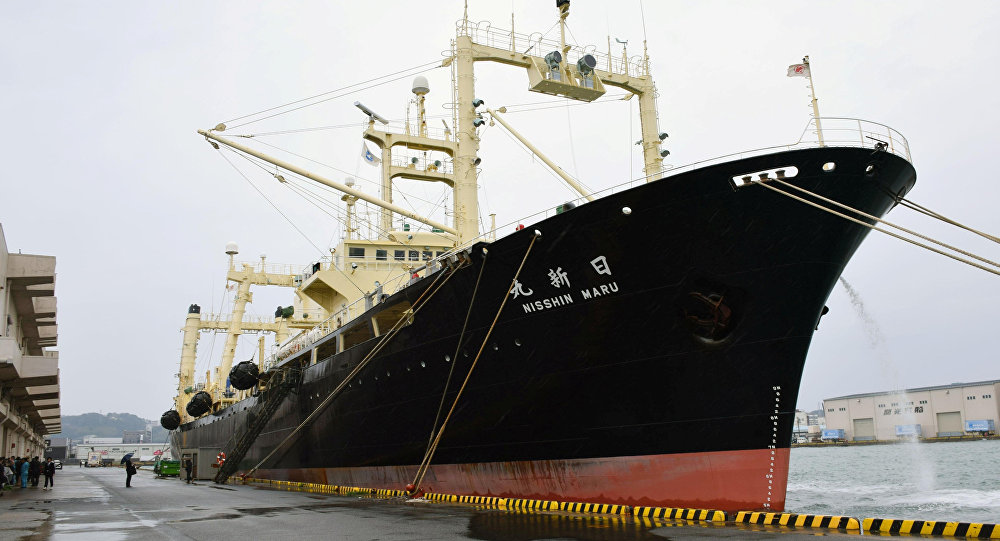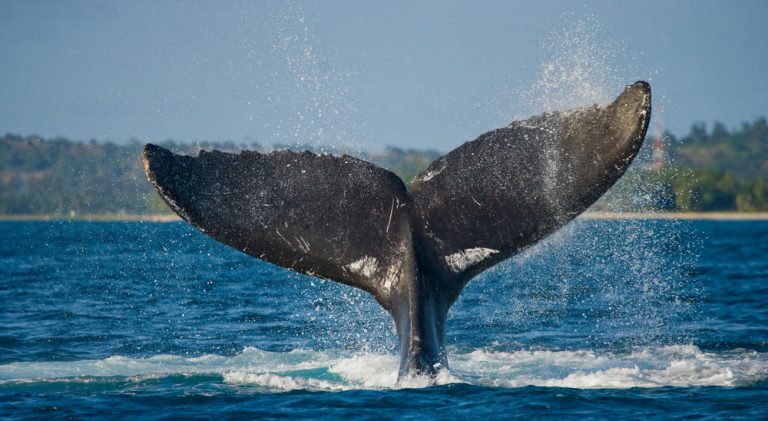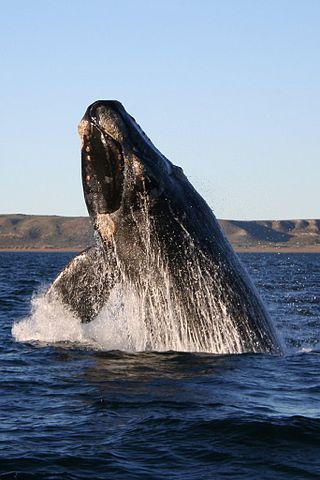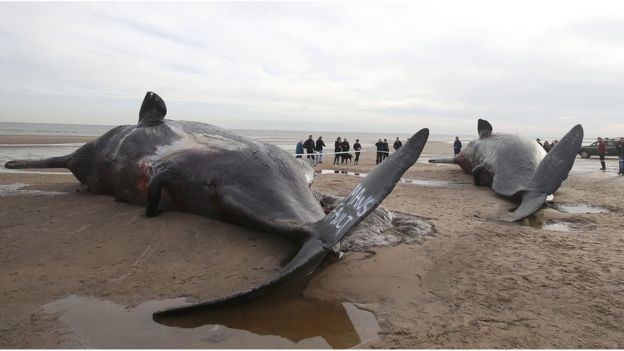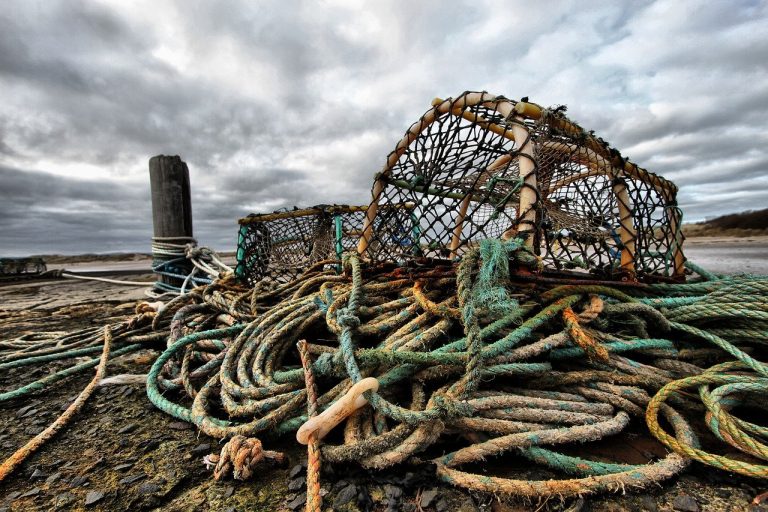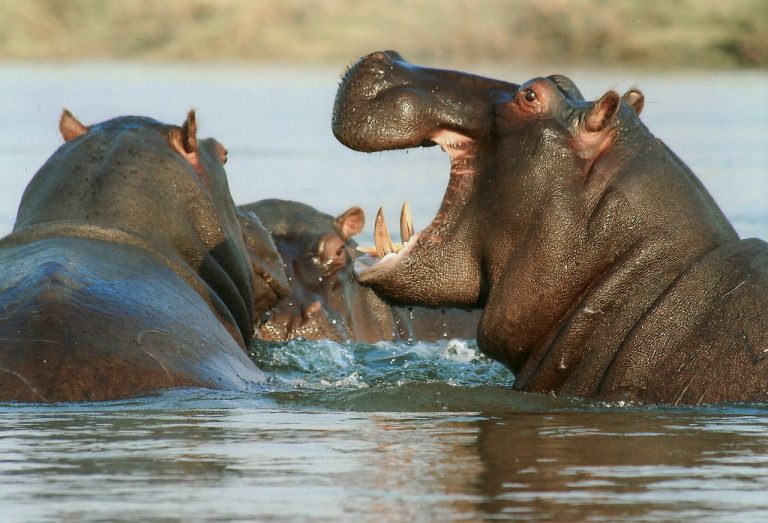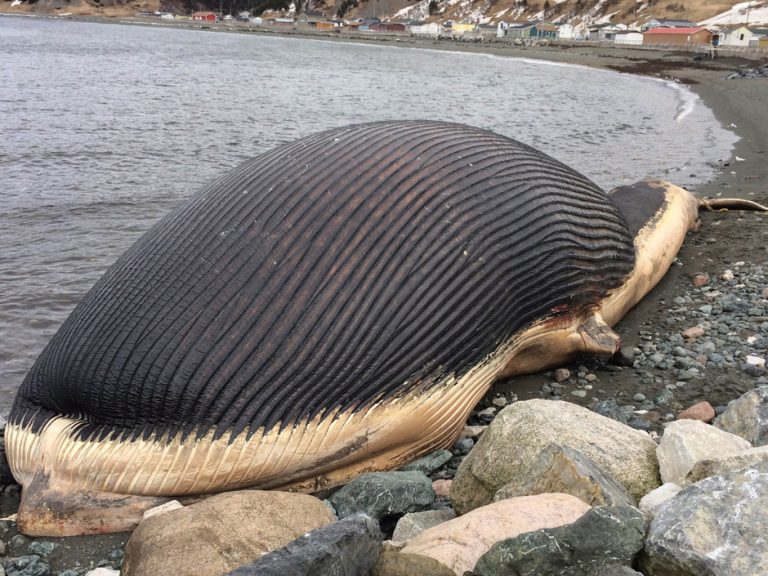Japanese Whale Hunting: The Facts And Impact On Whales
Japanese Whale Hunting remains a persistent and controversial matter that won’t go away.

Whales were excessively exploited during the height of the whaling industry back in the 18th and 19th centuries. So much so that many species like the right whale and the blue whale dropped almost to the point of extinction. The right whale for instance is still critically endangered with just about 500 of them alive today.
Though most whales are yet to return to their pre-whaling population, a quick intervention by the International Whaling Commission (IWC) in 1986, saved many of them from disappearing completely.
At present, almost all whale species are recovering because of the IWC’s 1986 ban on commercial whaling. However, some countries still persist in the practice. They are Iceland, Norway, and Japan.
Japan in particular uses a loophole in the ban that allows whale hunting for “scientific research.” Though many argue this is just a cover up to flout the ban.
Here are the facts about the present day Japanese Whale Hunting.
Japanese Whale Hunting: The Facts And Impact On Whales.
Japan once again kicked off its controversial whale hunting season for 2017 starting in June 2017 till late September. The plan is to capture 43 minke whales and 134 sei whales during that period.
Like before, Japan’s Fisheries Agency says the whales are intended for “scientific research.”
According to Kyodo News, a local news network, Japan’s whaling fleet will use this opportunity to collect data on stomach contents and skin samples from the captured whales among other things. Targeted whale populations are those dwelling in the northwestern Pacific.
This may all sound pretty harmless until you consider the fact this is an annual hunt from which the actual so-called scientific findings are yet to be verified.
Just recently, Japan also drew global outrage after its whaling fleet slaughtered 333 minke whales within an 83-day hunt!
This 83-day hunt was in complete defiance to international laws and agreements.
In their defense, Japan’s Fisheries Agency said the goal of this killing is to prove that the whale population is high enough to sustain hunting.
Japan has again submitted a proposal to the IWC to capture another 304 whales every year from 2017 to 2028. However, the proposal remains unapproved due to opposition from an anti-whaling group within the IWC.
Why Does Japan Insist On Whale Hunting?
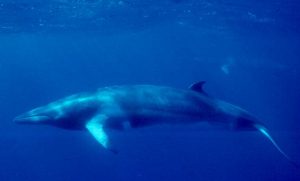
To understand why Japanese whale hunting is such a big deal, let’s look at how it all started.
Japanese authorities claim that whaling is an ancient, cultural tradition in Japan but that may not be entirely true. Modern commercial whaling actually started in Japan in the late 19th century.
After World War II, US General Douglas MacArthur, was in charge of running Japan during the post-war Allied occupation. He encouraged commercial Japanese whale hunting as a cheap alternative to secure meat for the teeming Japanese populace.
The aim was to reduce the costs of transporting such large amounts of food all the way from the USA to post-war Japan.
Since then, Japan has continued to hunt different species of whales but most especially minke and sei whales.
The Situation Today
Admittedly, whale populations are rising, but their numbers are still well below historical levels. Also, some species like right whales and blue whales are lagging behind. In addition, monitoring what species Japan is really hunting or not is extremely difficult. Especially out in the open ocean.
For example, the conservation group, Sea Shepherd, claims that it caught the Japanese whaling ship (Nisshin Maru) right inside an Australian Whale Sanctuary: slaughtering whales.
Nevertheless, whale meat consumption in Japan has dropped significantly from over 200,000 tons in the 1960s to between 4,000 and 5,000 tons at present. Popular sentiment, mainly among the younger Japanese population is strongly against whale meat consumption.
For now, the general opinion about Japanese whale hunting is that it must stop. At any rate, Japan’s ‘scientific research’ has led to the death of over 10,000 minke whales over the last two decades without any serious contribution to whale science or welfare.
Rather, the harvested whale meat is sold for human consumption, and it fetches a high price in supermarkets.
Whale hunting is a very expensive venture with many risks involved. As whale watching gradually replaces whale hunting worldwide, maybe Japan can take a cue from that and nurture the remaining whales populations nearby rather than killing them.
In the eyes of the international community, Japanese whale hunting and the claims of scientific research remain dubious and bogus at best.

